|
Bashkuar Krishterimi Evropian
– Shërohet Skizmës Tani –
|
|
|
| |
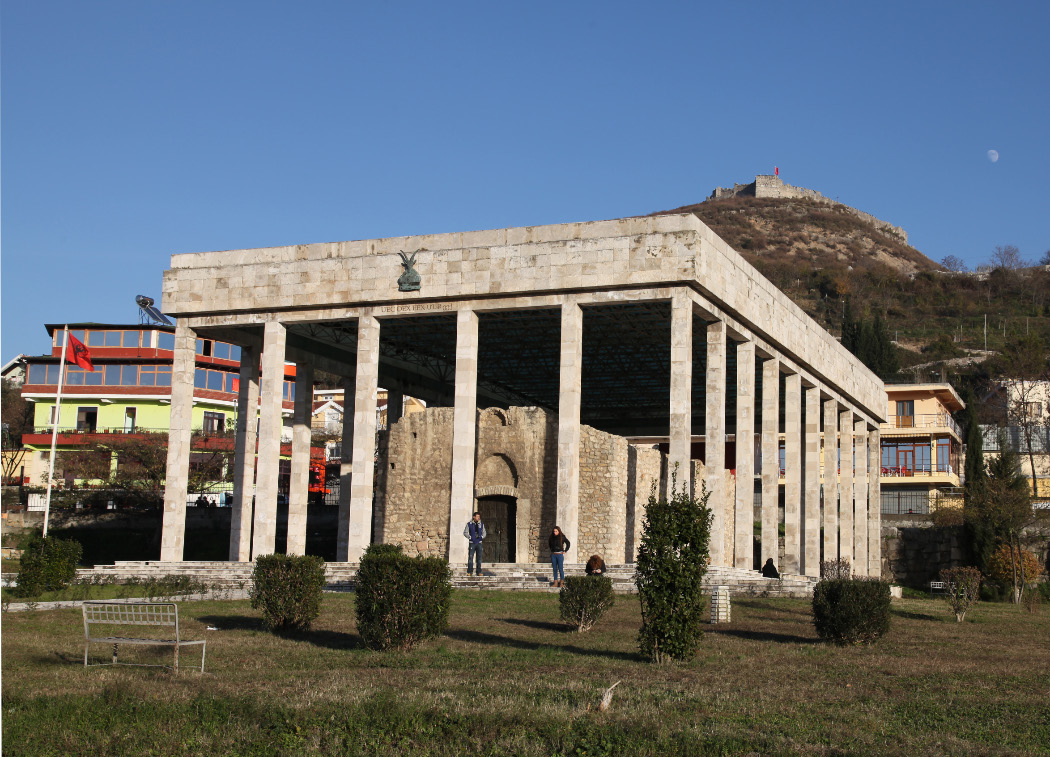 |
|
| |
Lezhë boasts a history of at least 2700 years, and indeed the Greek name for the town – Λισσός - Lissos – derives from the name given to the colony founded at the command of Dionysius I of Syracuse in 385 Before Christ. In our XXI century AD the Cathedral of Saint Nicholas and Skanderbeg Memorial would stand out as extraordinary even in a much larger city. Lezhë has about 65,000 inhabitants, Albania somewhat less than 3,000,000 though together with the neighboring Kosovarët – Kosovars, ethnic or linguistic Gheg Albanians of Kosovo, numbering not many fewer than 1,900,000 (c. 93 percent of the population of Kosovo), the number of Albanians comes closer to, without yet reaching, 5,000,000, perhaps one million of whom profess the Christian faith, Orthodox or Catholic. Striking though is the circumstance that the Catholic Skanderbeg, bane of the Turk, is still in our times the foremost national Albanian hero for the Muslim Albanians! And the man died, and is buried here in this sometime Church in Lezhë, on 17 January 1468 Anno Domini. Hope for a return to the Christian faith of their grandfathers for these nearly four million European Muslims. |
|
Ilirët – Ἰλλυρία – Illyria,
territory, whether or not language and ethnic origins.
And also,
Pellazgët – Πελασγοί – Pelasgians.
|
Kam, pra, me se të mburrem në Jezu Krishtin për punët që kanë të bëjnë me Perëndinë. 18 Sepse nuk do të guxoja të flas për ndonjë nga ato gjëra të cilat Krishti nuk i bëri nëpërmjet meje, për t’i sjell në dëgjes johebrenjtë me fjalë dhe me vepër, 19 me fuqi shenjash dhe çudirash, me fuqi të Frymës së Perëndisë; kështu, prej Jeruzalemit e përqark dhe gjer në Iliri, kam kryer shërbimin e ungjillit të Krishtit, 20 duke u përpjekur të ungjillëzoj atje ku nuk ishte i njohur emri i Krishtit, që të mos ndërtoj mbi themelin e tjetërit. 21 Por, sikurse është shkruar:
“Ata, ndër të cilët nuk u qe shpallur, do të shohin,
dhe ata që nuk kishin dëgjuar për të, do të kuptojnë.” |
|
| |
|
Romakëve 15:17-21 |
|
| |
|
|
|
| |
In Christ Jesus, then, I have reason to be proud of my work for God. 18 For I will not venture to speak of anything except what Christ has wrought through me to win obedience from the Gentiles, by word and deed, 19 by the power of signs and wonders, by the power of the Holy Spirit, so that from Jerusalem and as far round as Illyricum I have fully preached the gospel of Christ, 20 thus making it my ambition to preach the gospel, not where Christ has already been named, lest I build on another man’s foundation, 21 but as it is written,
“They shall see who have never been told of him,
and they shall understand who have never heard of him.”
|
|
| |
|
Romans 15:17-21 |
|
Qëllimi kryesor i kësaj faqe interneti është që të sigurojë dhe të përhapur informacion në lidhje me filmin e Bashkuara Krishterimit Evropian - – Shërohet Skizmës Tani. Qëllimi kryesor i këtij filmi nga ana e tij është për të bërë disa kontribut për ribashkimin e kishës ortodokse-katolike dhe për themelimin, ose ri-krijimin, e unitetit më të madh qytetërues dhe integritetit brenda Krishterimit, duke filluar me Krishterimit Evropian. Ky film ka për qëllim të flas për komunitetin e besimtarëve të krishterë. Në shqisave të rëndësishme të Bashkuara Krishterimit Evropian - Shëroni Skizma Tani është dy filma, në vend se dy pjesë të një filmi, sepse të dy subjektet qëndrojnë aq shumë larg njëri-tjetrit. Një subjekt, Krishterimi evropian, është jashtëzakonisht e rëndësishme. Subjekt tjetër, Kisha, është pakrahasimisht më e rëndësishme. A mos presin një mungesë të kontradiktave të dukshme në të kuptuarit se si komuniteti i besimtarëve të krishterë duhet të vazhdojë në këto dy çështje.
Pjesa e parë, le të thërrasë atë film i parë, përpjekjet për t'u marrë me teologjike, ecclesiological dhe të tjera çështje të përfshira me skizmës 5 shekullit brenda Kishës dhe më veçanërisht me skizmën e madhe brenda Kishës, se cila nga konventa është datuar në 1054 , i cili shpalos në mes të shekullit të 9 dhe fillim të shekullit 13-të dhe më gjerë. Duke pasur parasysh çështjet që janë të përfshirë, që kanë të bëjnë si ata e bëjnë me luftën tonë për të kuptuar qëllimet e Zotit për Kishën e Tij, mosmarrëveshjet nuk mund të kuptohet si joserioze. Duke pasur parasysh kuptim të përbashkët nga të gjithë të krishterët e urdhërimit të Perëndisë drejt unitetit të tillë, dhe reflektohet preeminently në Shkrimin e Shenjtë riprodhohet në këtë website, mosmarrëveshjet nuk mund të kuptohet si un-kapërcyeshme.
Realiteti i sotëm, si edhe shkrimet e mendimtarëve të mirënjohur në këto zona dhe dialogët mes dhe programet e Hierarchs të lartë të Kishës, sugjerojnë se korporatave ri-bashkimi është i mundur ndërmjet Kishave të Traditës, ato që kanë mbajtur sakramenteve - mbi të gjitha Eukaristia - dhe Trashëgimi Apostolike dhe priftëri shuguruar në mënyrë të vlefshme. Këto, në ngjitje qëllim, në aspektin e numrit të njerëzve në komunitetet e tyre e besimtarëve, janë (1) të kishave ortodokse orientale; (2) të kishave ortodokse të cilat janë në Kungimin me Patriarku Ekumenik i Konstandinopojës; dhe (3) Kisha Katolike. Për këtë listë zakonisht rënë dakord, autor i këtij filmi do të shtojë një grup të katërt. Ndërsa të dy Kisha Orthodhokse dhe Kisha Katolike zyrtarisht të përpiqen për të marrë me Kishave në këtë grup duke mos kanë të bëjnë me ta, në të vërtetë deri në masën e mundshme duke injoruar ekzistencën e tyre, ky grup i katërt mund të thuhet të jetë ato kisha ortodokse e Byzantine- traditë sllave liturgjike që nuk janë në Kungimin me Patriarku Ekumenik i Konstandinopojës. Kisha Orthodhokse e Ukrainës, Kiev Patriarkana është vetëm më të shumta e numrit të madh të kishave të cilat janë të kapur deri në këtë rrëmujë ecclesiological.
Aq e rëndësishme sa protestantët janë për Krishterimit, shfaqja e protestantizmit dhe ndarjet panumërta brenda Kishës perëndimore të cilat filluan (me disa përjashtime të vogla) nga shekullin 16 nuk janë pjesë e këtij filmi të parë. Ata janë edhe shumë më shumë një pjesë e historisë e cila është shpalosur në filmin "dytë". Filmi i dytë fton shikuesin për të hyrë në një analizë e vetvetes qytetëruese për atë që kanë qenë shpenzimet e përçarjes së krishterë. Ajo përbëhet në thelb nga një seri e studimeve të rasteve në shpenzimet e përçarjes. Ai gjithashtu fton shikuesin për t'u angazhuar në disa spekulime të informuar për çka Krishterimi, duke filluar me Krishterimit Evropian mund të presin duhet situatë e përçarjes së krishterë vazhdojnë. Si mendoni ju se ne kemi qenë bërë? Shkon në drejtimin e duhur?
Komuniteti i besimtarëve do të në fund të fundit të përcaktuar nëse ky unitet Kisha ndodh ose nuk arrin të ndodhë me të vërtetë. Të Hierarchs Kisha kanë rolet e tyre të emëruar. Ata nuk janë të gatshëm për të nënshkruar një deklaratë të përbashkët apo Kushtetutën Apostolike ose disa dokumente të tjera të restaurimit Kungimin dhe unitet, por edhe në qoftë se ata ishin për ta bërë këtë, në mungesë mbështetjen e komunitetit të besimtarëve të krishterë, një deklaratë e tillë do të dështojë, ashtu siç bëri në 1439 ... dhe kisha më e madhe në botë krishtere u bë një Xhamia. |
| |
|
|
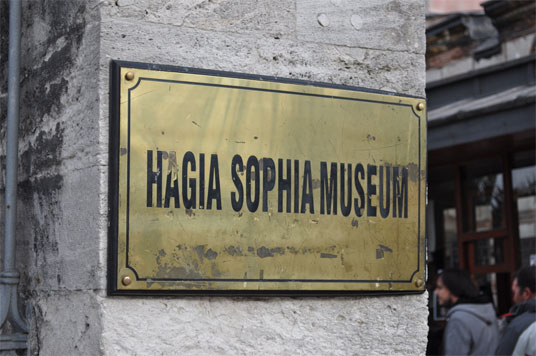 |
|
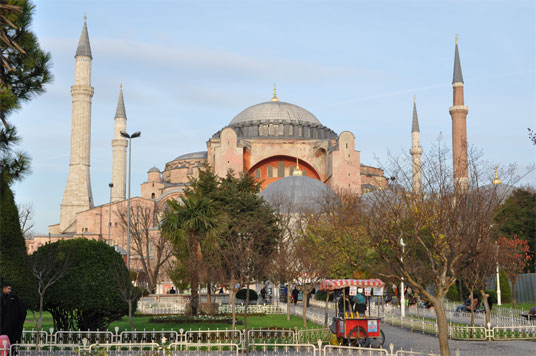 |
| |
|
|
Kështu që ju duhet të vendosë. A doni këtë unitet?
Ju lutem konsideroni këtë pyetje përsëri pasi ju keni parë filmin. |
| |
|
|
|
"Divizioni haptazi në kundërshtim me vullnetin e Krishtit, siguron një bllok pengues për botën, dhe shkakton dëme nga shkaku më të shenjtë të shpallur ungjillin çdo krijese ... Për të besojnë në Krishtin do të thotë të dëshirojmë unitet, me dëshirën unitet do të thotë të dëshirë Kishën, me dëshirën që Kisha do të thotë të dëshirosh kungimin e hirit që korrespondon me planin e Atit nga gjithë përjetësia i tillë është kuptimi i lutjes së Krishtit: "." Ut unum sint ".
|
|
Gjon Pali II në Enciklikën e tij eponymous nga 1995
|
| |
"Muret që na ndajnë nuk arrijnë deri në qiell." |
Mitropoliti Platon i Kievit
|
| |
|
|
| Njeriu propozon |
|
disponon Perëndisë |
|
|
|
| |
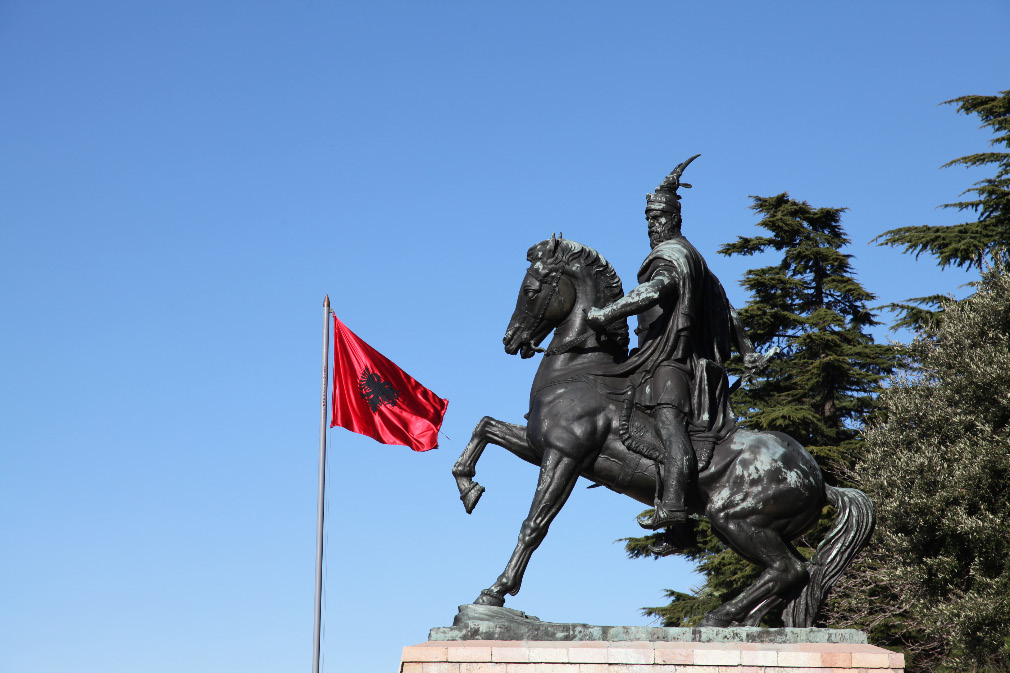 |
|
| |
|
Gjergj Kastrioti – Georgius Castriotus – George Castriot |
|
|
| |
|
|
|
|
| |
(* 1405 to the house of Kastrioti in the Principality of Kastrioti (Albania and Macedonia), r. 28 November 1443 – 17 January 1468 †)
While his father, Gjon Kastrioti, was a vassal of the Muslim Ottoman Turks, as was so often the case, son George (Gjergj)
was sent to the court of the sultan as a hostage for his father's good behavior and forced to "convert" to Islam. So in the
eyes of Muslims, he was one of them, and returning to God and His Church would be a capital offense. Becoming prince in 1443 he
did just that, becoming Catholic again, but note, he was married in 1451 in the Orthodox Monastery of the Nativity of the Theotokos
in Ardenica – Ιερά Μονή Γεννήσεως Θεοτόκου Αρδευούσης – Manastiri Lindja e Hyjlindëses Mari to Donika Arianiti-Muzaka,
whose sister Angelina is venerated as a saint in the Orthodox Church in Serbia. One sees here an Orthodox-Catholic heroic leader.
Later, comparing his military skill to that of Alexander the Great, his Turkish enemy named him Iskender bey, Lord Alexander, so
Gjergj Kastrioti – Georgius Castriotus – George Castriot, the national hero and most celebrated son of Albania became known as
|
|
| |
|
|
|
|
| |
|
|
Skënderbeu – Scanderbegus – Skanderbeg |
|
|
|
|
|
|
|
|
|
| |
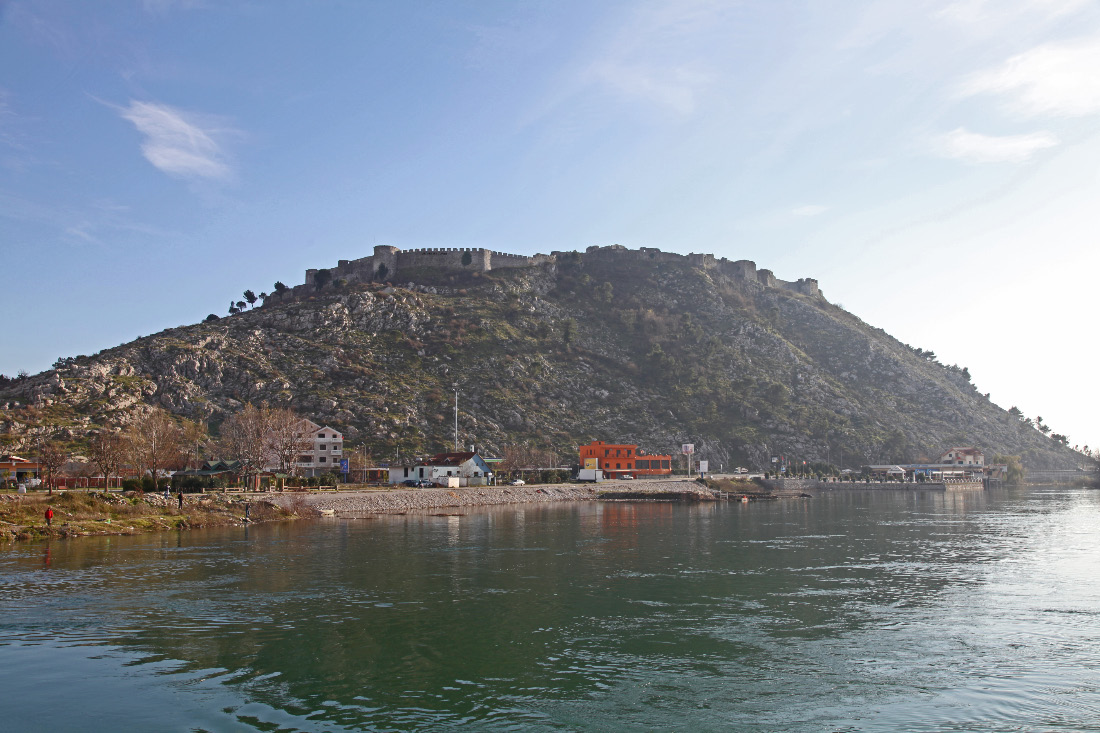 |
|
| |
|
|
| |
Kalaja e Rozafës – Rozafa Castle |
|
| |
|
|
|
|
| |
A castle existed on this site, c. 130 meters above sea level, for thousands of years. Exempli gratia, it was captured by the Romans from the Illyrians in 167 BC. Many centuries later, during the Late Middle Ages, came the Ottoman Turk Siege of Shkodra, 1478-1479. Endless protestations to the contrary notwithstand, we in European Christendom do in fact forget our heros, or most of them, even if God does not. The Christians, the fighting men of Shkodër, held out heroically against a scale of onslaught which will be incomprehensible to the present Descendants of European Christendom, the baptized but lapsed-Christian, limp-wristed half-men who lead, and to a lesser but significant extent populate, the dis-United half-European post-Christendom of 2015 and thereabouts. The eyewitness account of Marino Barlezio, historian and Catholic priest from Shkodër, place the strength of the defending Albanian and Italian Christians at about 1,600 men. And these men held out against an Ottoman force at times swelling to 350,000 men from June of 1478 to 25 January 1479. But reflect also on what was at stake. So important was Shkodër that Ottoman Turkish Sultan Mehmed II initially took personal command of the seige force. He wanted control of the Eastern coast of the Adriatic. Twenty-five years earlier, the Muslim forces under a younger Mehmed had finally conquered Constantinople on 29 May 1453 after a protracted seige, marking the end of the Βυζαντινή αυτοκρατορία, the Eastern Roman or Byzantine Orthodox Christian Empire, which had existed, but for a brief Latin interlude (1204 - 1261), from 330 until that disasterous 1453. Obviously not satiated — they never are when they can help it — the Muslims and Mehmed now wanted to add to "New Rome" regular old Rome, The Eternal City, to their list of conquests. After the just completed Fourth Siege of Krujë, after a year-long siege the, by then starving, Christian defenders were told that they could withdraw in safety in exchange for surrender. Instead the Muslims murdered them. After the fall of Rozafa Castle, and with it Shkodër, with perhaps 450 men surviving, and this time allowed to withdraw (there had been an Ottoman treaty with Venice), the Muslim Ottomans had their Albanian shores and ideal platform from which to attack Italy. And the Albanians? By the early 17th century, oppression and ruinous taxation had prompted 30 percent, probably more, of the Albanians to convert to Islam or to appear to be doing so. The 17th, 18th and 19th centuries brought much more of the same. But Rome did not fall to the Muslims, not then anyway. Now Muslims take Europe not through war but through our own apostacy from Christianity and from the Mass Immigration and the Demographic Replacement which flow quite naturally from our own lost sense of identity and therewith our lack of leadership, basic perspicacity and backbone.
One closing remark for the present. For more than a century, nationalism as loomed large in the Albanian public consciousness. Such matters also influenced national thinking and international claims regarding Kosovo, from whom the Kosovars descended, and whether such ancestors preceded, followed or settled intermittently with Slavic settlers. But regardless of the ethnic admixture of the Paleo-Balkan peoples from whom the Albanians, and others, descended, the weight in the balance of the Illyrians, Dacians, Thracians and yes Slavs in the Albanian genetic mix, one this is clear here. The Albanians of 1479 were thoroughly evangelized and Christianized, and those heroic Christian defenders at Shkodër were the grandfathers of the Muslim Albanians in our 21st century. Should all this matter for the individual choosing to accept and follow Christ Jesus? Even the present writer can answer this one. No, it should not matter. |
|
| |
|
|
|
|
|
|
|
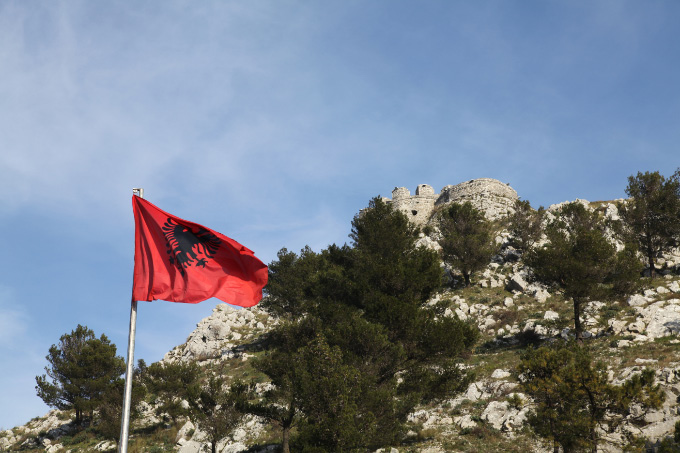 |
|
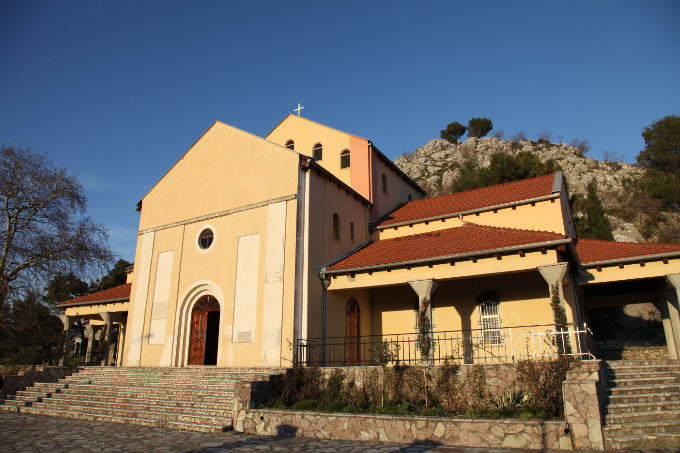 |
| |
|
|
| |
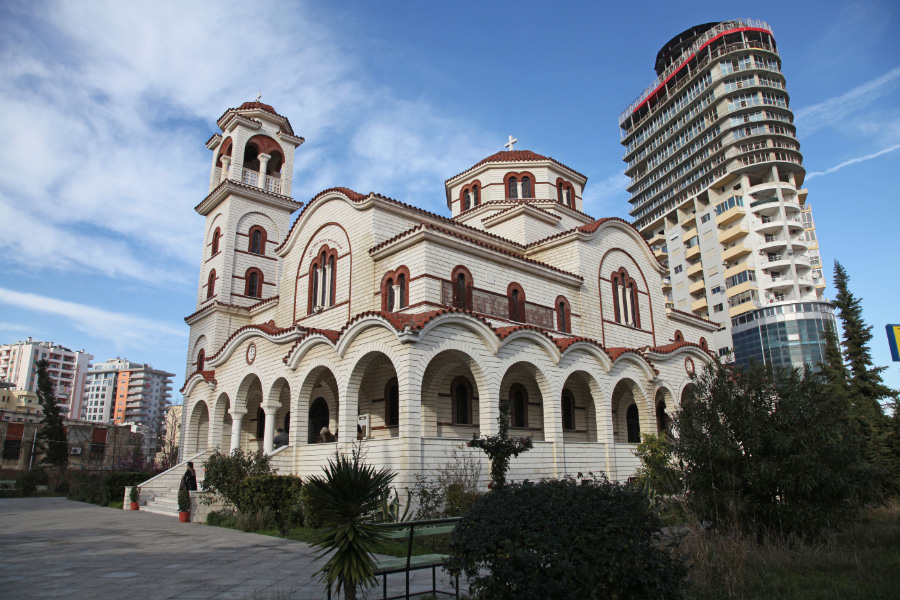 |
|
| |
Kisha Ortodokse e Shën Palit dhe Shën Asti në Durrës – Orthodox Church of Saint Paul and Saint Astius in Durrës
Kisha Ortodokse Autoqefale e Shqipërisë – Autocephalous Orthodox Church of Albania, declared autocephaly in 1922, which was recognized by the Mother Church of Constantinople in 1937, but recall, Albania's was one of the worst communist regimes in Europe, at least nominally worse than the Soviet Union, as both public and private expressions of religious devotion were illegal from 1967 through 1991. |
|
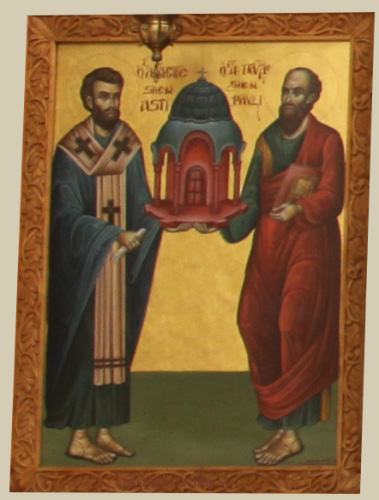 |
|
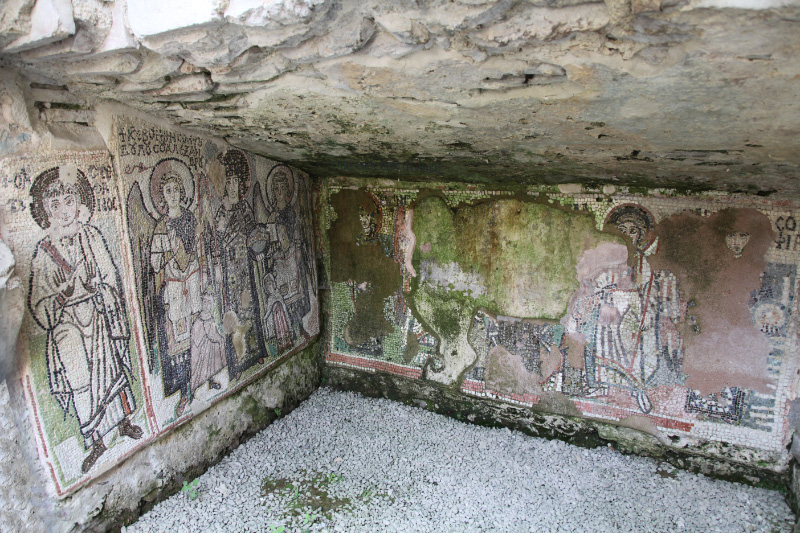 |
Shën Pali dhe Shën Asti
|
|
VI century Christian mosaics in Amfiteatri i Durrësit / Dyrrachion – Durrės Amphitheater, itself dating to early II century, located in chapel dedicated to God and to Shën Asti – Astius Saint and Martyr (* in Ἰλλυρία – Illyria – 98 in Dyrrhachium, now Durrës †), first Bishop of Dyrrhachium, who refused to renounce God and worship the god Dionysius and was killed on that account during the reign of Emperor Trajan. |
|